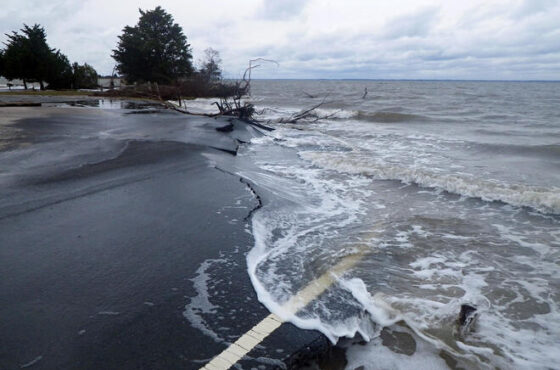New Analysis: Clean Energy Can Meet Long Island Power Needs
Published by the Natural Resources Defense Fund
The Long Island Power Authority, Long Island’s public utility, in concert with PSEG-Long Island, the company that operates the Long Island grid, today released its updated Integrated Resource Plan (IRP). The IRP is a roadmap for how the utility can best serve its more than 1 million customers on Long Island and in the Rockaways over the next 20 years. (A helpful summary slide deck is available here). After much study, LIPA has concluded that the most cost-effective way to assure reliable, affordable, and cleaner electricity in one of the most densely populated parts of the country is to move toward a more flexible, sophisticated system that utilizes energy efficiency, rooftop solar, demand response, offshore wind power, energy storage, and other resources. Such a pathway would obviate the need for rebuilding older, dirty, and highly inefficient power plants from the 1950s and ‘60s that run on highly polluting No. 6 fuel oil and natural gas, as well as the need for a new natural gas plant.

LIPA/PSEG-LI energy efficiency programs, like this one for homeowners, are helping to hold down energy demand on Long Island as they save consumers money on energy and prevent power plant pollution.
An independent assessment LIPA commissioned from the Brattle Group agreed: “There is no compelling reason for LIPA to proceed with Caithness II or the Barrett or Port Jefferson repowering projects as none of the projects are needed for reliability or economic purposes.” These old fossil fuel plants are not only highly inefficient and polluting, they’re also extremely inflexible. They take as long as 30 hours fire up, and once they are online, they need to keep running for a minimum of 16 hours, making them obsolete in a system of high renewables and distributed/dynamic resource penetration.

The most cost-effective way of providing electricity to Long Island’s consumers involves energy efficiency, rooftop solar, and other resources, rather than overhauling three dirty, inflexible fossil fuel plants, LIPA experts have concluded.
LIPA’s IRP, which is not a decision in itself but rather a study that will inform future decision-making by the LIPA Board regarding what investments to make on the system, reaffirms earlier findings in 2003, 2007, 2009, and 2013 that repowering these older plants is “not economical.”
NRDC will be continuing to dig in to the IRP as additional materials are released, and will be commenting in the process as appropriate. But highlights include the finding that, thanks to increased efficiency, electric demand over the next 20 years will remain largely flat on Long Island. In fact, today’s estimates for peak load in 2037 are substantially lower than the forecasts from 2010 and lower, too, than LIPA’s 2015 projection. All of which points to the importance and success of LIPA’s energy efficiency programs in helping save consumers money on their energy bills as these programs simultaneously reduce pollution.

According to LIPA’s new projections, electricity use in the area holds almost steady over the next 20 years, thanks in large part to energy efficiency and other clean energy resources.
Offshore wind power will also be key to supplying reliable, affordable electricity, according to the IRP. LIPA has already taken the forward-looking step of signing a contract for 90 megawatts of offshore wind power from what would to be the nation’s largest offshore wind power project to date, which aims to begin operation in 2022. (Should the project win the necessary approvals, it will be sited 30 miles east of Montauk.) More offshore wind power is likely in the offing, too, as Governor Cuomo has committed the state to 2,400 megawatts by 2030, and, in December, the auction for leasing rights to a federal offshore wind area south of Long Island went through a full 33 rounds of bidding before being sold to the Norwegian wind power developer Statoil Wind US LLC for the recording-breaking price of $42 million.
While some utilities and politicians are wedded to the ways of the past, LIPA has shown us through this IRP that the grid of the future will be a flexible, sophisticated one that takes advantage of new technologies and tried-and-true resources like energy efficiency. It will be more reliable, cleaner, and more affordable. In other words, cleaner, cheaper, better. With a grid like the one LIPA has proposed in its 20-year IRP, everybody wins.
Related Blog Posts
Read the full article at: https://www.nrdc.org/experts/jackson-morris/new-analysis-clean-energy-can-meet-long-island-power-needs




